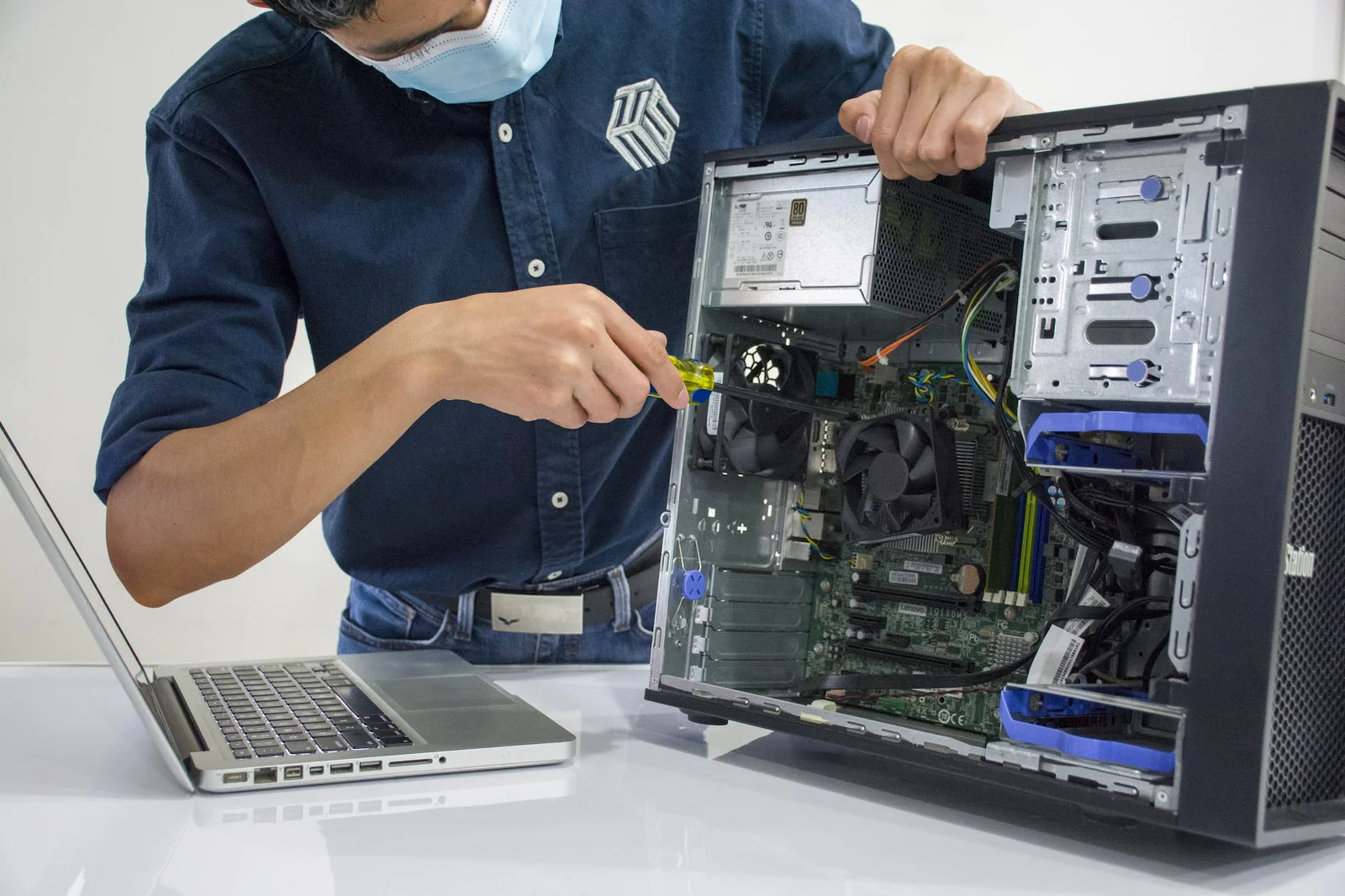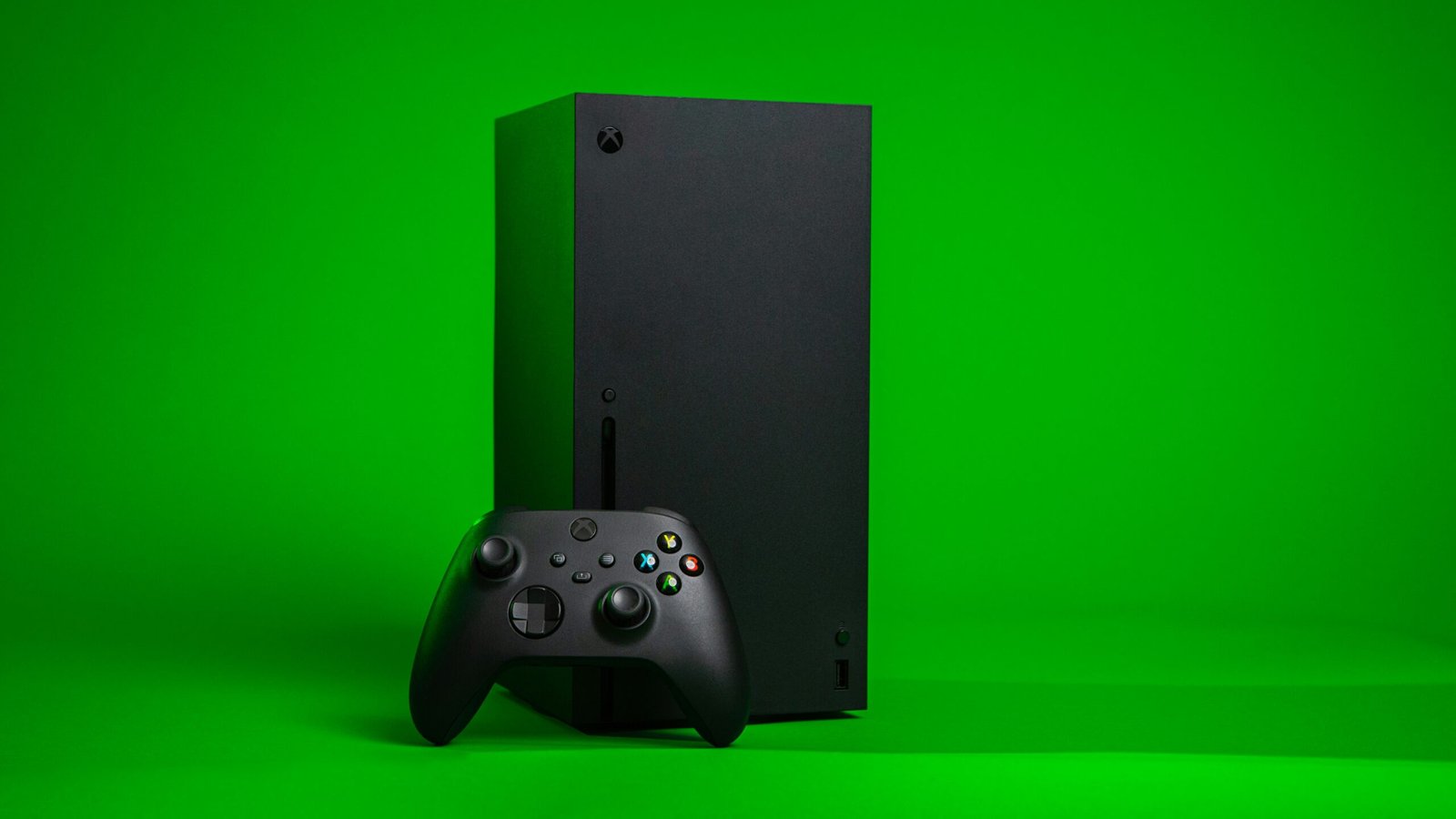When your computer is running slowly, it can be frustrating. You might think that there’s something you can do to speed it up, but in reality, many factors are at play. In this article, we’ll take a look at some of the most common causes of slow CPU temps and offer some solutions to lower CPU temperatures.
What Causes CPU Temperature to Increase?
There are a few things that can How to lower CPU temperature, generally, the more active the CPU is, the higher the temperature will be. Things like playing games, using many applications at once, or having a lot of background processes running can all contribute to an increased CPU temperature.
Some ways to reduce or stop these activities from increasing the CPU temperature are to use less powerful hardware, only use applications that are necessary, and shut down unused services.
How to Lower CPU Temperature on Windows 10
If you are experiencing slow performance or an increase in CPU temperature, there are a few simple steps you can take to lower the temperature.
- Make sure your computer is adequately cooled. Your CPU works harder when it is hot and your computer will perform slower as a result. Make sure your computer has enough air circulation and that the fan is running constantly.
- Disable unused programs. When your computer is working hard to process information, it will not have time to do so if there are programs running that you do not use. Remove unused programs from your computer if you can and free up resources for the programs that you need.
- Avoid using too many graphics programs at once. If you are using multiple graphics programs, your computer will have to work harder to process all of the information. Try to stick to one or two graphics programs at a time and see if that helps to lower your CPU temperature.
- Check your system settings. There are often ways to adjust system settings on your computer in order to improve performance or lower the temperature of your CPU. Look for hidden settings in Windows and change them if necessary.
How to Lower CPU Temperature on macOS
As Mac users know, their machines are capable of running quite hot. This is especially the case if your computer is used for gaming or other intensive tasks. One way to keep your computer cooler is to lower its CPU temperature.
| Other Article to Read! How Do Gaming Headsets Work? |
There are a few methods you can use to cool down your CPU, and each has its own pros and cons. Here’s how to choose the method that’s best for you:
- Using the macOS cool down feature: The first option is to use the macOS cool down feature. This allows you to set a timer and have the computer gradually slow down over a period of time. This is a good option if you just want to chill out or if you don’t care about saving energy. Downsides include that it can take a while for the computer to actually cool down, and you may have to wait until it finishes before using it again.
- Turning off devices that use energy: Another option is to turn off devices that are using energy. This will help cool down your CPU because these devices are using more power when they’re turned on. However, this approach might not be effective if your computer has a lot of
Conclusion
If you’re experiencing an overheating issue with your computer, there are a few things you can do to try and correct the problem. First, check to see if any programs are running in the background that might be causing the CPU temperature to spike. If those programs are closed down or stopped, the computer might not have enough resources left over to handle the extra load and causing it to overheat. Second, make sure that your computer is well-ventilated. Overheating can occur when computers are crammed together in a small space, or when they’re covered in heavy materials like blankets or furniture. Finally, make sure that your hardware is up to date — old pieces of hardware can create excess heat and lead to problems with overheating.










